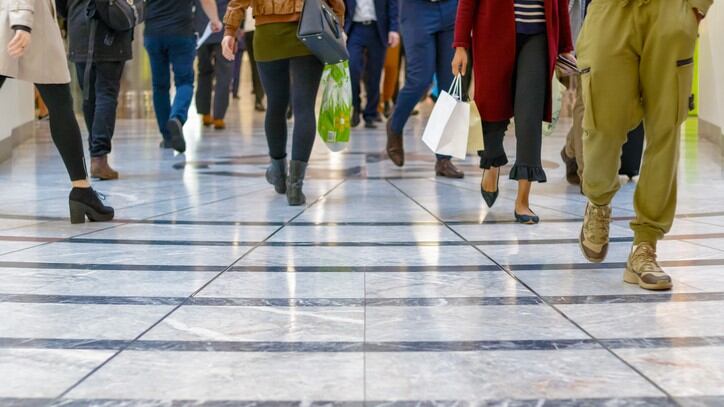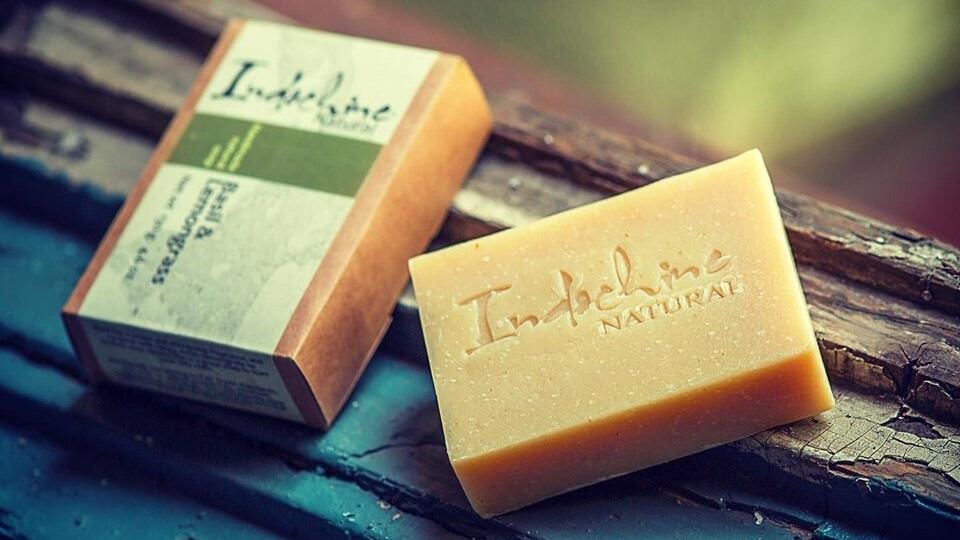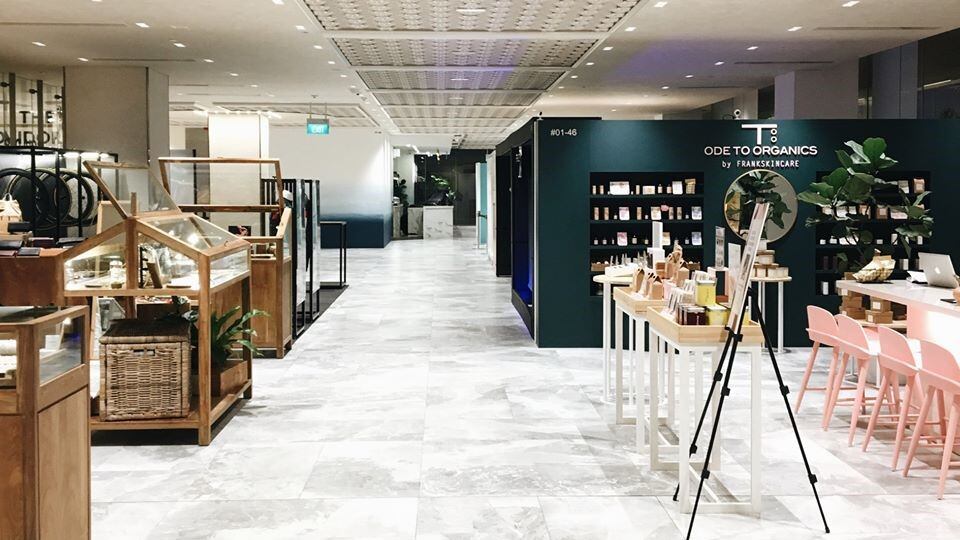According to Euromonitor International, Gen Zs accounted for roughly 24% of total population in SEA in 2019, which is slightly higher than in other regions. By 2030 they will be in their 20’s and 30’s, starting work and beginning to form families.
These young consumers are digital natives, both familiar and comfortable with using technology in their everyday lives.
Gen Z consumers drive so much online spending that some have questioned if their online-centric shopping will end brick-and-mortar as we know it.
According to a new report by Euromonitor International, The Future of Consumers of Southeast Asia, this is unlikely.
Citing Euromonitor’s 2019 Lifestyles Survey, Erika Sirimanne, head of home and garden, said Gen Z will still continue to shop in physical stores for key reasons.
This includes stepping out to see or try before they buy as they still view physical shops as being more trustworthy than online stores.
In fact, data showed that the majority of retail sales in SEA continue to take place in physical stores today.
Experiential shopping
However, Sirimanne said retailers will need to evolve their traditional notions of retail in order to entice Gen Z consumers to step into their stores.
“Generation Z will still continue to visit physical stores in the future; however, retail players will need to up the ante by transforming outlets and shopping centres into experiential social hubs to attract these digitally native, individualistic consumers,” said Sirimanne.
She believes the future of retailing will emphasise heavily on unique experiences and activities.
“In the future, retailers and shopping centre players are likely to focus on experiential and activity-based retailing in an effort to draw Gen Z consumers away from their screens and into shopping malls,” said Sirimanne.
Sirimanne believes the future of brick-and-mortar lies in leisure and entertainment.
“Leisure and entertainment retail will flourish in the future, as shopping centres incorporate more gyms, fitness studios, urban farms, social kitchens and cinemas, turning shopping malls into fun, social hubs.”
She noted that Singaporean shopping destinations Jewel Changi and Funan Mall were excellent examples of this.
“Both Funan digital mall and Jewel Changi are reimagining retail, incorporating leisure and activity-based concepts, such as a climbing wall, rooftop farm, rain vortex, canopy park and hedge maze.”
According to the Euromonitor Beauty Survey 2019, 55% of digital beauty consumers use more than seven different skin care products weekly, compared with only 23% of non-digital beauty consumers.
These consumers sad they would rely on online reviews or mobile applications while shopping for cosmetics.
The survey highlighted that 45% of digital beauty consumers rely heavily on user reviews when deciding what to buy, compared with 23% who rely on information directly from brands or retailers.
Sirimanne predicts that Artificial Intelligence (AI), Augmented Reality (AR) and Virtual Reality (VR) would eventually become part of the everyday retail experience.
“The movement from a mobile-first to AI-first world means that technology like augmented and virtual reality will become commonplace in shopping malls in SEA in the future. Consumers will interact with AI everywhere, both in stores and at home.”
Multi-label rules
In the beauty retail world, multi-label stores are continuing to attract high consumer traffic.
In 2019, beauty retailer Sephora opened its first store in South Korea and made a strong come back to the Hong Kong market after exiting 10 years ago.
Retailers such as Boots, Watsons and Sephora have reportedly planned to expand its presence in countries like Thailand.
According to beauty and fashion analyst Emily Leung, multi-label stores, pharmacies and department stores are winning with consumers are they offer the ease of shopping for diverse brands and products in one place.
Additionally, she pointed out that these retailers offer membership reward programs that offer customers more for their dollars.
“Membership rewards programs at multi-label retailers enable customers to earn larger amount of shopping points and more frequent chances for free gifts, compared to mono-brand stores, which explains the leading sales performance of department stores among all channels in Taiwan, Singapore and Malaysia.”





